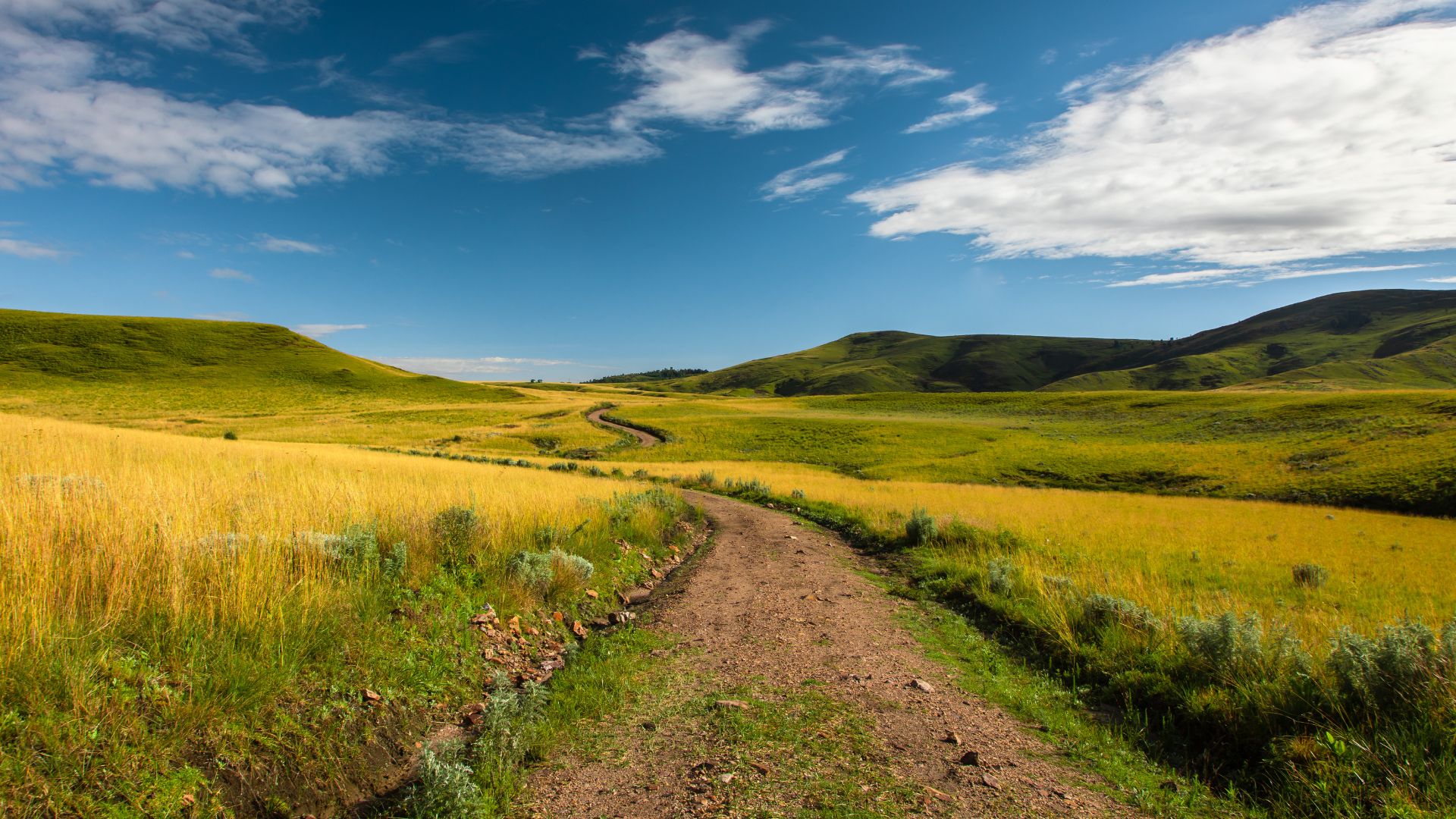Kitulo national park

Kitulo national park
Local people refer to the Kitulo Plateau as ‘Bustani ya Mungu’ – The Garden of God. This beautiful name is a perfect description. Soft rolling valleys on a high plateau in the cool uplands of southern Tanzania burst into a seasonal exuberance of flowers and colour that is one of the great floral spectacles of the world. It became a National Park in 2005, and is 413 sq. km in area.Lying at around 2,600 metres (8,500 ft) between the rugged peaks of the Kipengere, Poroto and Livingstone Mountains, the well-watered volcanic soils of Kitulo support the largest and the most important montane grassland and floral community in Tanzania. Within these grasslands grow an extraordinary variety of wild flowers that burst into bloom between December and April.
Wildlife
There are more than 350 species of plants, including 45 varieties of terrestrial orchids, which erupt into a riotous wildflower display of breathtaking scale and diversity. The soft undulating slopes and valleys are literally carpeted with flowers during this time. Kitulo is a gentle place where wild flowers, birds and some antelope and zebra are the main attractions. In 2005 a new species of monkey was discovered in the forests on the western side of the Park. It is a type of mangabey now named Kipunji. Kitulo is also a bird watchers paradise, because in addition to common species are found rarer ones such as Denham’s bustard, the endangered blue swallow, mountain marsh widow, Njombe cisticola and Kipengere seedeater.Endemic species of butterfly, chameleon, lizard and frog further enhance the biological wealth of God’s Garden. Added to its natural attractions, Kitulo Plateau is the natural resting site for intercontinental migrating birds such as the great white stork on their way to Europe. These big, attractive birds stop in this park for some months and later continue with their long journey across the continent.



